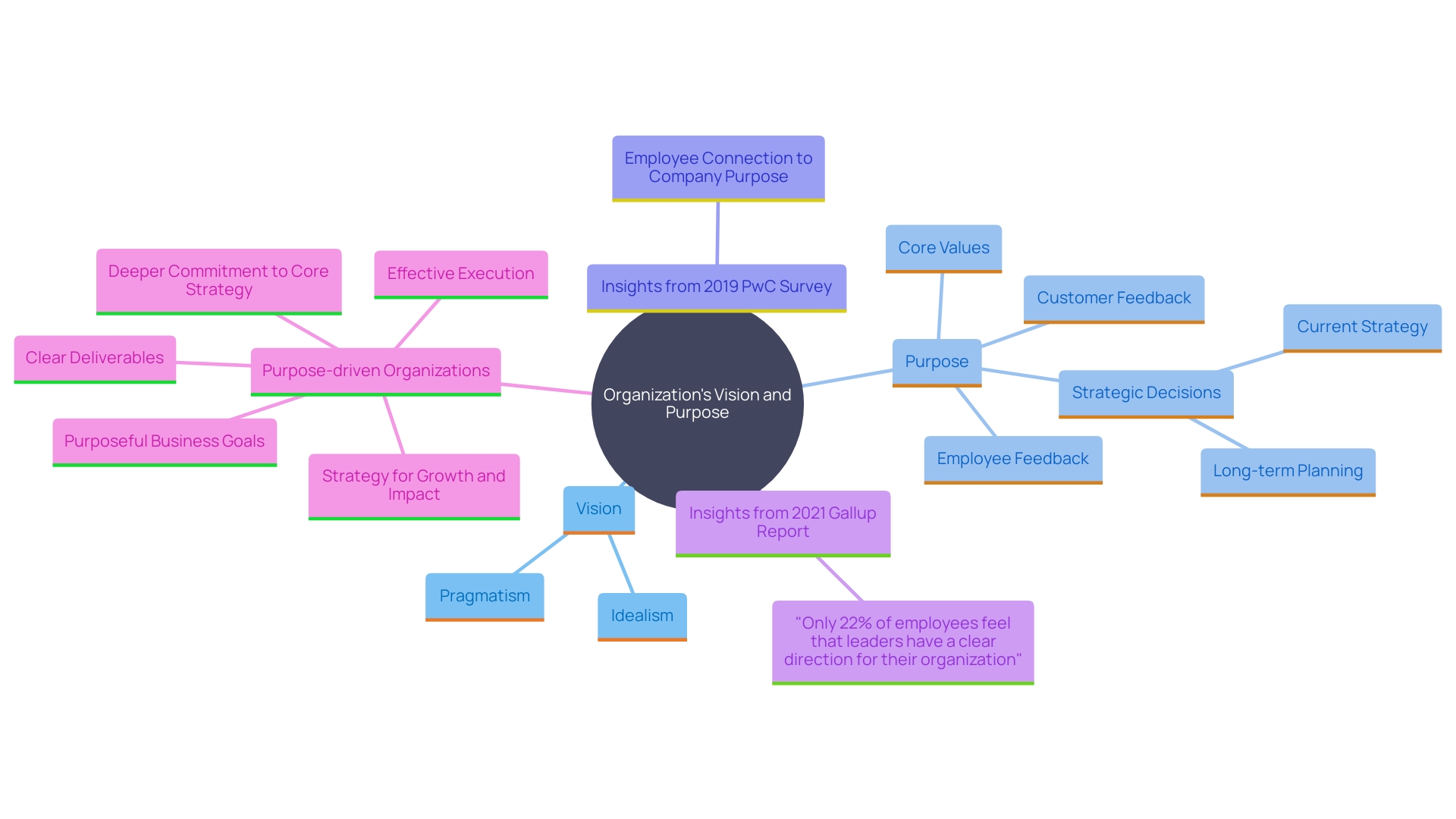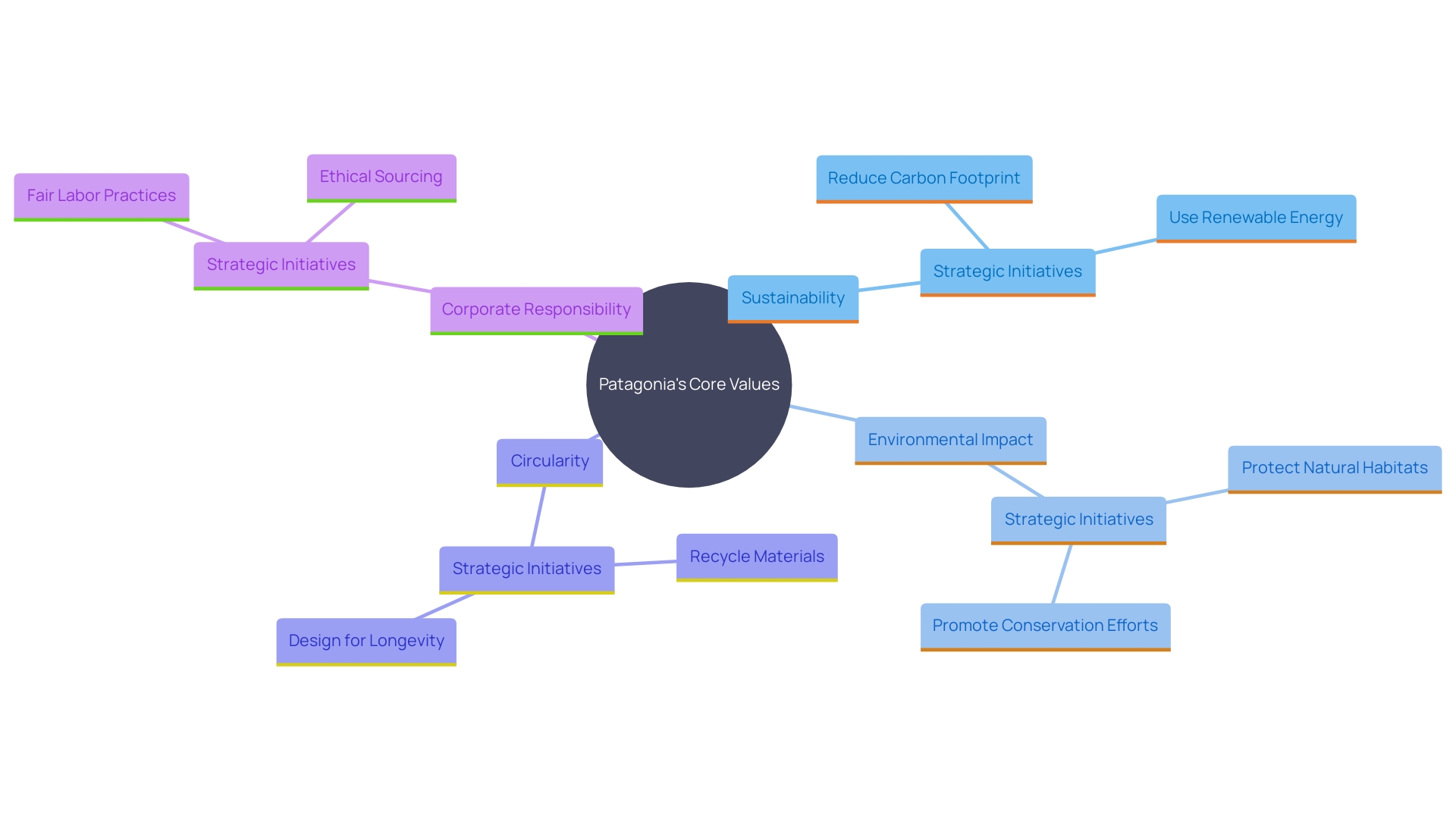How is Strategy Tied to a Company’s Vision and Mission?

Introduction
In today’s dynamic business environment, Chief Marketing Officers (CMOs) are more than brand custodians — they are strategic architects responsible for aligning every initiative with their company’s core mission and vision. A clearly defined vision and mission act as a strategic compass, guiding decisions, energizing teams, and inspiring customers. Companies such as Salesforce and Patagonia exemplify how embedding these principles across operations not only strengthens market position but also amplifies social and environmental impact.
Strategic planning bridges aspiration and execution. When a company’s purpose and values are integrated into its strategy, authenticity flourishes — fostering trust internally and externally. This alignment is especially vital in an era when consumer loyalty increasingly depends on corporate responsibility and cultural integrity.
Yet, achieving true strategic alignment can be challenging. Departmental silos, resistance to change, and short-term thinking often create barriers. Leaders who promote cross-functional collaboration, continuous improvement, and purpose-driven leadership can overcome these hurdles, building organizations that are both resilient and agile.
This article explores how strategy connects to a company’s vision and mission, offering actionable insights and global examples to help CMOs and executives turn ideals into measurable results.
The Motivation for Strategy: Connecting Vision and Mission
Every successful enterprise begins with a compelling vision and mission — the North Star that directs all strategic action. When strategy reflects this purpose, it aligns people, processes, and priorities toward a shared goal.
A prime example is Salesforce, which measures its progress through its annual Stakeholder Impact Report, ensuring supplier engagement and community impact align with its mission to drive positive societal change. This clarity transforms lofty aspirations into measurable objectives that guide daily operations.
When employees understand how their work contributes to a larger purpose, they become more motivated and accountable. As leadership expert Anne Chow notes, focusing on why an organization exists inspires unique approaches and strengthens competitive advantage.
Strategic foresight also plays a crucial role. Leaders must anticipate where to compete and how to win, integrating innovation into every phase of the business — from R&D labs to marketing execution. This proactive mindset allows organizations to adapt rapidly and remain relevant amid disruption.
Ultimately, a purpose-driven strategy unites people around shared values, fostering engagement, innovation, and long-term resilience.
Defining Vision and Mission: Core Principles
A vision defines the desired future state of an organization — the destination. A mission describes the organization’s purpose and principles — the path. Together, they provide the foundation for effective strategy.
Leaders must ensure these statements move beyond corporate jargon to become living principles that inform decision-making and inspire employees. As former AT&T Business CEO Anne Chow explains, “To unlock the power of purpose and use it to drive business forward, leaders need the right balance of idealism and pragmatism.”
This balance is echoed in research: a PwC survey found that only 28% of employees feel connected to their company’s purpose, underscoring the gap between intention and execution. Companies that bridge this gap — by embedding mission and vision into daily culture — enjoy higher engagement, innovation, and customer loyalty.
Feedback loops, including employee and customer input, help ensure continued alignment. Over time, this ongoing dialogue transforms values from abstract statements into operational behaviors that strengthen culture and performance.

Strategic Planning: Turning Vision and Mission into Action
Strategic planning transforms ambition into execution. By aligning objectives with a company’s mission and vision, leaders can craft actionable plans, prioritize initiatives, and allocate resources efficiently.
Programs such as the Wharton Strategy Program emphasize that effective execution — not just planning — distinguishes top organizations. Participants gain tools to translate strategy into tangible outcomes while fostering collaboration across industries and geographies.
Equally vital is strategic foresight: anticipating long-term challenges, shifts in consumer behavior, and market evolution. For instance, the Lead Exposure Elimination Project, co-founded by Lucia Coulter, illustrates how purpose-driven foresight can achieve measurable global impact.
When integrated effectively, strategic planning ensures that short-term milestones reinforce long-term purpose, creating a sustainable growth framework that drives both performance and impact.
Embedding Purpose: How Strategy Reflects Core Values
A company’s core values should inform every strategic initiative. When strategy authentically reflects these principles, it builds trust, transparency, and brand equity.
Consider the growing influence of sustainability. Brands aligned with environmental and social values outperform those that lag. A European personal-care brand, for instance, saw a 20% drop in consumer preference after failing to meet sustainability expectations — a clear reminder that purpose is now a market differentiator.
Conversely, companies that embed their values into culture enjoy higher loyalty and performance. PwC research reveals that employees who see alignment between their personal purpose and organizational mission are significantly more likely to meet targets and report job satisfaction.
Purpose-driven strategy also supports broader social responsibility. Initiatives such as the UN Global Compact encourage organizations to turn values into actionable frameworks, ensuring principles are not slogans but operational commitments.
Aligning Strategy with Organizational Goals and Objectives
Strategic alignment ensures that every department, initiative, and employee contributes to a unified goal. Continuous reassessment of this alignment allows organizations to identify gaps, optimize resources, and capture emerging opportunities.
A four-year study of 77 C-suite executives revealed that leaders who maintain strategic, organizational, and communication fitness create lasting competitive advantage. They adapt quickly, promote collaboration, and inspire collective ownership.
For example, Harvard Business School’s course on corporate social purpose emphasizes aligning business strategy with societal impact — reinforcing that today’s successful organizations integrate purpose into performance.
Clear metrics and accountability systems are critical. They act as the strategic compass that keeps teams focused on measurable outcomes. Yet, a survey of 400 talent leaders found that 58% of cross-functional teams struggle to align efforts, often due to weak communication.
Strategically fit leaders overcome this by fostering transparency, data-driven decision-making, and shared ownership — transforming alignment into a competitive differentiator.
Practical Examples: Companies Excelling at Strategic Alignment
Industry leaders show how vision-driven strategies deliver both profit and purpose.
-
Patagonia has embedded sustainability into its DNA, tackling the fashion industry’s 6.7% contribution to global greenhouse emissions. From circular production models to its “benefit corporation” status, Patagonia prioritizes planet and people over profit — a strategy that has strengthened loyalty and brand advocacy.
-
Salesforce integrates corporate responsibility into its growth model through its 1-1-1 Philanthropy Framework — donating 1% of equity, products, and employee time to social causes. This alignment of vision and action reinforces its reputation as a values-driven technology leader.
Such organizations demonstrate that when strategy mirrors mission and vision, the result is enduring success, brand differentiation, and societal value creation.
Challenges and Considerations in Strategic Alignment
While the benefits of alignment are clear, the path can be complex. Common challenges include:
-
Resistance to change from entrenched systems or hierarchies.
-
Departmental silos that limit cross-team communication.
-
Lack of clear metrics to measure alignment success.
To overcome these, leaders must:
-
Promote open communication across all levels.
-
Encourage continuous learning and iteration.
-
Build adaptive operating systems that define workflows, technical skills, and accountability mechanisms.
Embedding a continuous improvement mindset empowers both leadership and frontline teams to collaborate effectively, keeping the organization agile in the face of disruption.
Conclusion
Aligning strategy with vision and mission is one of the most transformative steps an organization can take. When these foundational elements evolve from statements to lived principles, they energize teams, attract loyal customers, and build lasting brand trust.
The experiences of Salesforce and Patagonia demonstrate that purpose-driven strategy leads not only to business growth but also to meaningful societal change. By translating purpose into strategic plans and measurable actions, companies can navigate uncertainty while staying true to their core identity.
Though challenges such as resistance or misalignment may arise, open dialogue, collaboration, and strategic foresight ensure that every employee contributes to a unified mission. Organizations that master this alignment build resilience, outperform competitors, and achieve sustainable success in a purpose-driven marketplace.

